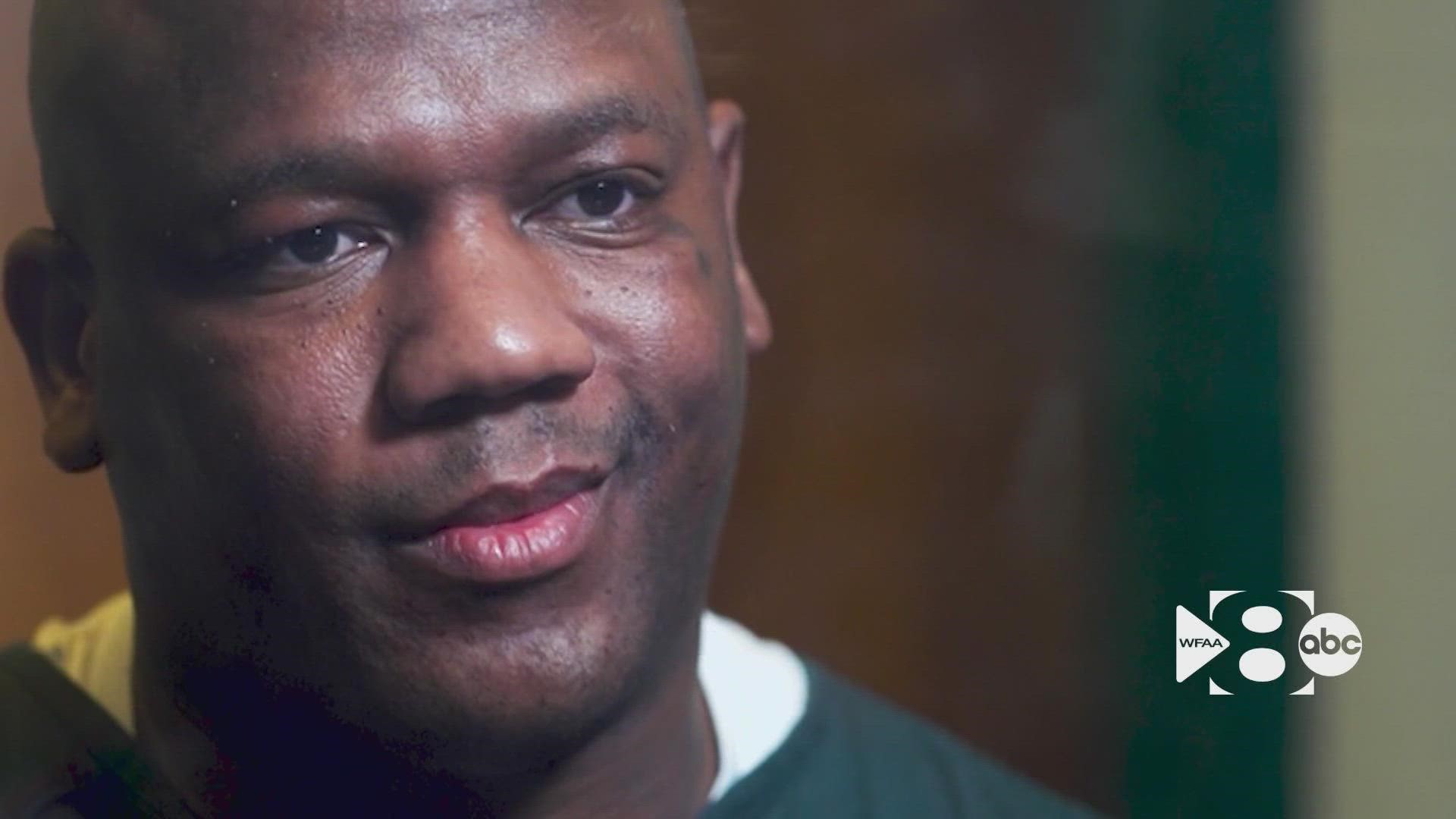FORT WORTH, Texas — In a tiny Fort Worth apartment, Walter Roy’s picture sits next to the Bible on a nightstand in his mother’s room. It’s kept open to Psalms.
Now 45, Walter Roy has spent almost half his life in prison for a shooting that both police and prosecutors now agree he did not do.
“Why are they still holding my baby?” Winnie Drisdle asked in an interview at her home this summer.
Roy has served almost 26 years in prison after being convicted of attempted murder and engaging in organized crime.
He worries that because of failing health, his mother will not survive long enough to see him set free.
“By the grace of God, I've just been holding on," Roy said during an interview at the Tarrant County jail. "Especially knowing that you’re up for something you didn’t do."

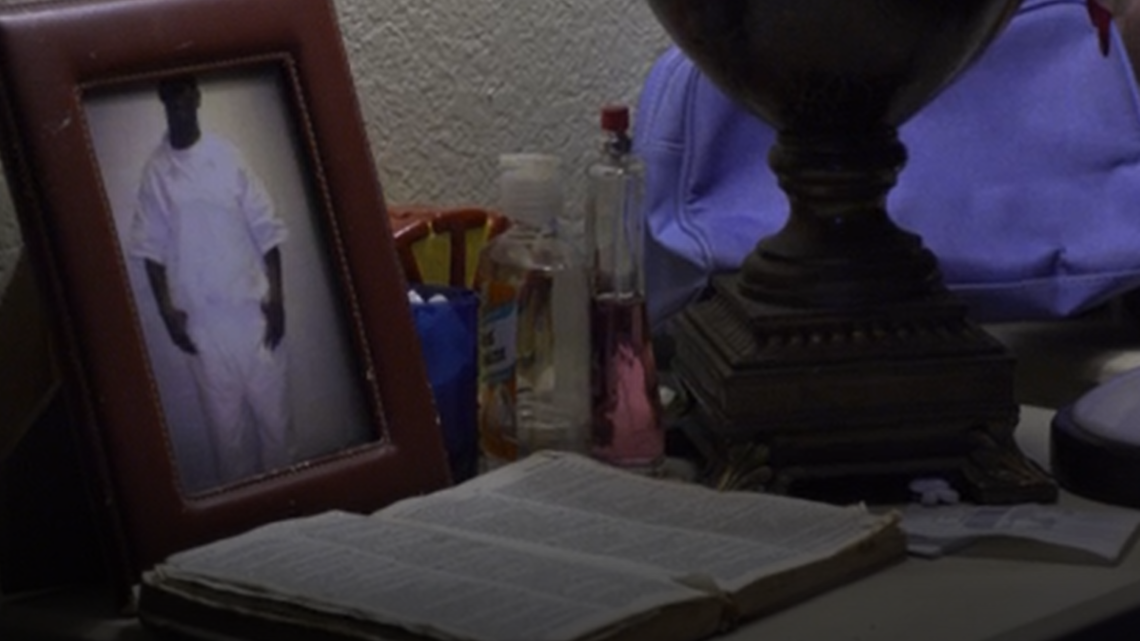
Roy’s story underscores the questionable police work that put him in prison for decades, a governor who declined to set him free and a legal technicality that could keep him behind bars - for life.
In 1995, Roy accompanied two fellow alleged gang members - Edric “Honey” Davis and Benny “Little Crazy” Lemmons - to Echo Lake Park, according to records and witness statements reviewed by WFAA.
Davis had set up a drug deal to buy several pounds of marijuana.
Lemmons brought a rifle. When two other cars showed up unexpectedly, Lemmons apparently thought they were about to be robbed and opened fire without warning.
“So while he's shooting, I stopped him from shooting because ain't nobody pulled no weapons,” Roy told WFAA.
No one died, but several people were injured, including Davis.
Lemmons dumped the rifle in a drainage culvert. Roy and Lemmons ran off across nearby railroad tracks.

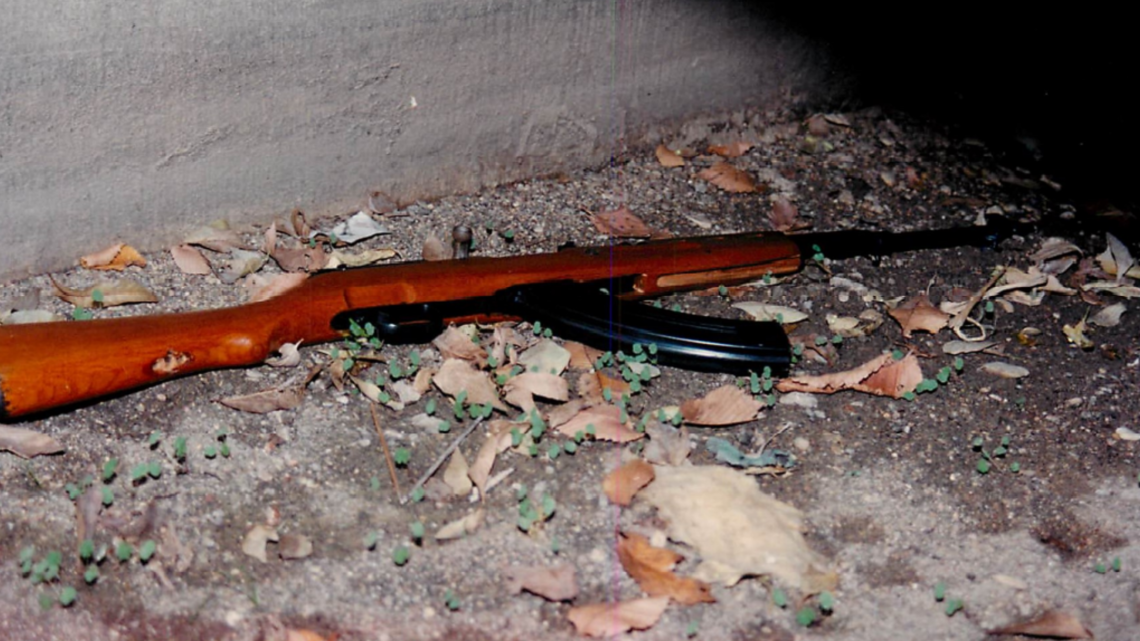
A short time later, Tarrant County sheriff’s deputies arrested Roy, but no one else.
Investigators showed two witnesses a photo lineup. In it, Roy’s mugshot is half the size of the other five in the lineup. He’s also the only one in the lineup with corn rows.
Experts say differences in a photo lineup have been repeatedly shown to lead to false eyewitness identifications.
“One of the things we’ve learned in the past 20 years is, just the importance of making sure all of the photos look the same so there's nothing that gives out any kind of kind of like subtle signal that you want someone to pick a certain person,” explained Steve Conder, chief of the Tarrant County District Attorney’s Conviction Integrity Unit.

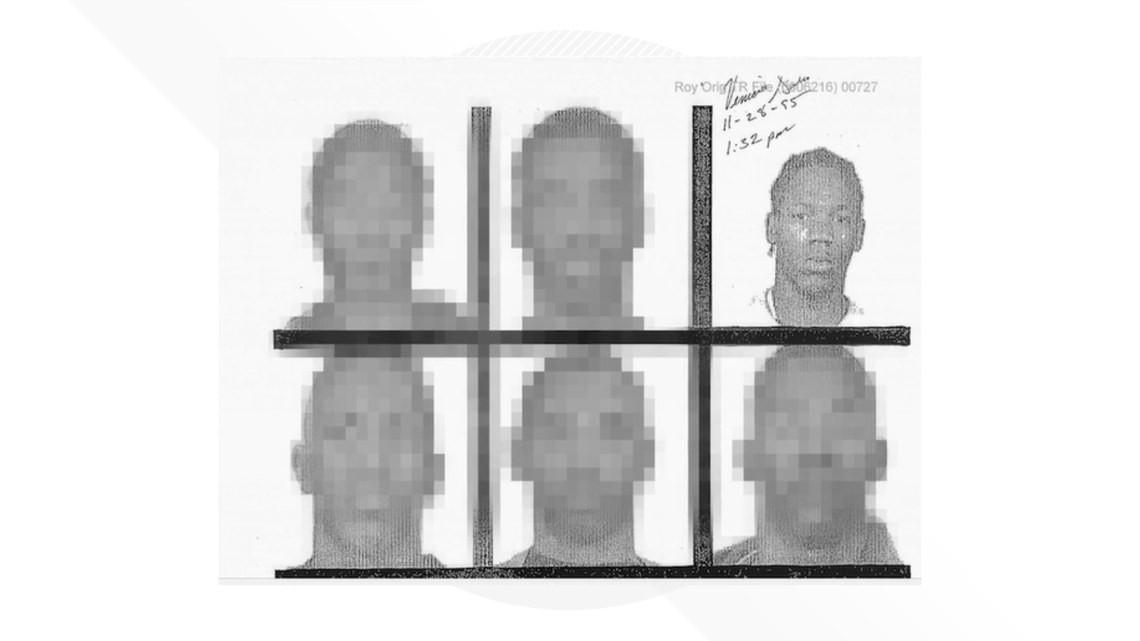
Despite Roy’s arrest as the lone suspect, there also were indications that another unidentified person had been at the scene of the crime - supporting Roy’s claims.
One witness reported seeing a man fitting Roy's description trying to stop the shooter, and another saw two men flee to nearby railroad tracks.
There is no indication that Tarrant County Sheriff’s department investigators followed up on those leads.
“He was a Black man in Tarrant County, in a bad situation with bad people, and they said this good enough for us,” said Mark Lassiter, Roy’s attorney.
Tear Drop Tattoos
Roy went to trial two-and-a-half years later. Witnesses took the stand to say that he was the shooter.
Jurors heard during the trial that no physical evidence linked Roy to the shooting. Shoeprints found next to the rifle didn’t match Roy’s shoes, according to trial testimony. They also learned that Roy’s fingerprints weren’t on the rifle found in the nearby drainage ditch, and that he had no gunshot residue on him.
“I was winning my trial up until this one point,” Roy said in a recent interview.
He said he believes a pivotal moment was testimony from a member of the Fort Worth Police Department’s gang unit.
When called to testify, the detective pointed out that Roy had two teardrops under his left eye. He testified that teardrops under a gang member’s eyes signifies that they’ve killed a rival gang member.
The defense attorney objected. The judge told the jury not to consider the last statement. The defense attorney moved for a mistrial, but the judge denied the motion.
But the damage was done. Roy says it was too late. The jury now saw him as a murderer, he said.
'Your Little Story'
On the final day of the trial, Roy’s friend, Edric Davis, known as “Honey,” took the stand on Roy’s behalf.
Remember, “Honey” had been the one who set up the drug deal. He was injured during the shooting.
He testified that Benny Lemmons, AKA “Little Crazy,” had been the shooter. Prosecutors accused Davis of lying for his fellow Crip gang member. They asked when he made up “your little story” and repeatedly asked, “Would Crips lie for another Crip?”
Davis testified that his friend was “innocent,” and he’d come down “here to tell my part on it.”
Davis was shot and killed a few weeks after the trial ended.
In closing, Roy’s defense attorney acknowledged that Roy wasn’t a saint. The attorney pointed out there was no physical evidence linking him to the crime and the discrepancies in the witnesses’ statements. He questioned why Roy would start shooting at his friend, Edric Davis.
“It's not Walter,” the attorney said. “It's somebody else," referring to Lemmons.
Jurors deliberated for two hours before returning a guilty verdict.
“I didn't know if I was walking forward or walking back,” his mother said in a recent interview. “It was just too much.”
Months later, Roy came before the judge for his sentencing hearing. His aunt testified that he’d quit the gang and found the Lord.
A Tarrant County jailer testified that he’d gotten to know Roy and did not believe he was involved in gangs. He believed that Roy had become a Christian and said he seen him preach to other inmates.
Prosecutors, however, asked for the maximum punishment.
"He has earned every second of every day of a life sentence,” a prosecutor told the judge.
Asking Roy to stand, the judge delivered his sentence.
"You’ve continued to espouse your innocence, even though you’re now saying you’ve been converted. I have a real serious question about your conversion...,” the judge said. “That being the case, I’m going to sentence you to life.”
Life behind bars
Roy was now TDCJ Inmate No. 00850574.
His mother’s heart ached at her son’s plight.
“He spent his 20s in there, then 30s in there and half his 40s in there and he's still in there,” his mother said, her health now failing following multiple strokes.
Doctors told her another stroke will kill her.
Roy and his mother never waivered in their faith that someone would eventually take another look at Roy’s case.
When the Tarrant County Conviction Integrity Unit (CIU) began their review, the irregularities in the photo lineup were an immediate red flag, explained Conder, who heads the unit.
The more testimony and evidence that they reviewed, the more problems the unit found.
They located witnesses who did not testify at the trial, witnesses who claimed that Benny “Little Crazy” Lemmons repeatedly bragged about being the shooter.
The unit concluded that Roy was not the shooter.
However, the unit also took the position that Roy could have been convicted as an accomplice, but would have received a much lighter sentence.
“His sentencing was based on false or misleading testimony, false testimony that he was the shooter,” Conder said.

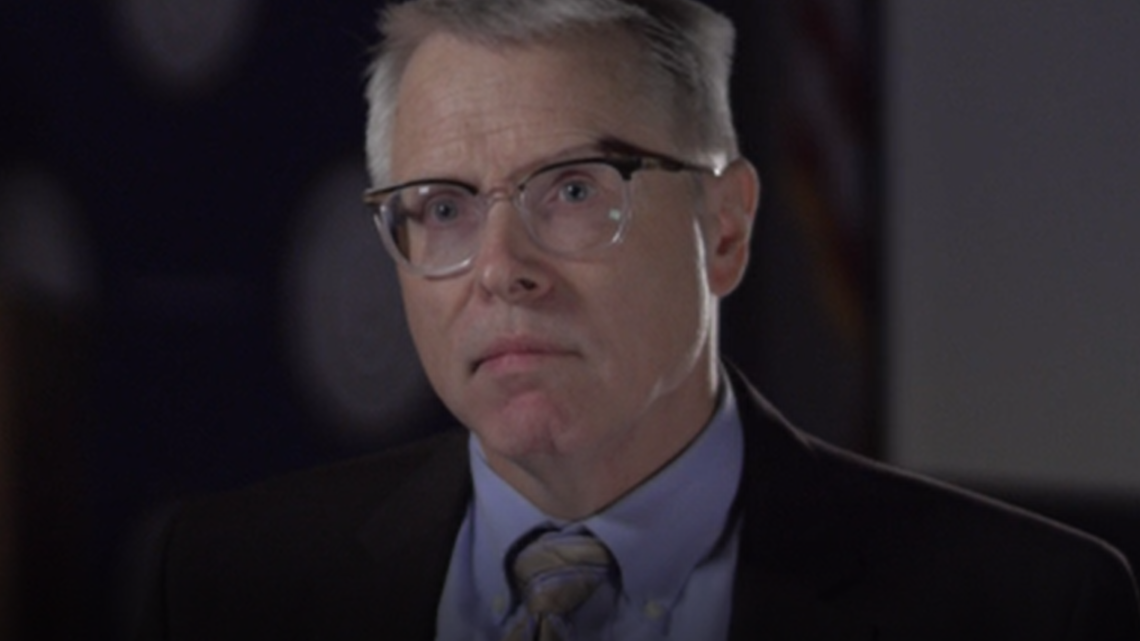
Roy’s attorney, Mark Lassiter, believes the evidence and testimony that Roy attempted to take the gun away from the real shooter shows he had no intent to be involved in a shooting.
Gary Udashen, an attorney with the Innocence Project of Texas, said it’s questionable whether Roy could have been convicted as an accomplice.
“He's only a party to an attempted murder if he should have reasonably anticipated that somebody on his side of the deal was going to pull a gun and start shooting people,” Udashen said. “If, in fact, he tried to stop him, then that's pretty good piece of evidence that he didn't anticipate that.”
Roy Not Shooter
Tarrant County District Attorney Sharen Wilson and Sheriff Bill Waybourn both agree Roy has served enough time in prison.
In May 2020, Wilson, Waybourn and the judge overseeing the case sent a letter to the Texas Board of Pardons and Paroles requesting that Roy’s “life sentence be commuted to time already served.”
“There was no physical evidence found or presented at trial linking the defendant to the shooting,” the letter said. “The eyewitnesses identification procedure used were highly suggestive. … Six witnesses, who were interviewed by CIU after the trial, directly heard the other individual admit to being the shooter at various locations and times after this offense.”
In August 2020, the Board of Pardons and Paroles voted to recommend clemency for Roy, meaning that his sentence be reduced to the time that he had already served.
Five months later, however, Gov. Greg Abbott denied the request without explanation.
“It's kind of like you telling me, ‘We don't care if you’re innocent or not. It doesn't matter to us,’” Roy said.
A WFAA review found that Abbott has granted only one clemency request since taking office in 2015. In 2018, Abbott commuted the sentence of a death row prisoner, changing the punishment to life in prison without parole.
Abbott typically pardons - or wipes away the convictions - of six or seven people a year around Christmas time. A WFAA review found that each of those have been convictions for minor crimes that occurred decades ago.
“It doesn't necessarily surprise me because Texas has a history of governors really not using their pardon and commutation power in any significant way,” Udashen said.
'Actual innocence' claim
As Roy’s clemency claim was making its way through the system, his attorney filed an appeal with the Texas Court of Criminal Appeals.
Roy asked the court to declare him “actually innocent” and throw out his conviction.
The Tarrant County DA’s Office objected. Their position, again, was that he could have been convicted as an accomplice.
But when Abbott denied Roy’s clemency request, Roy’s attorney and prosecutors began working to amend his appeal to add a claim that his due process rights had been violated by the false testimony presented during trial. But before the claim could be added, the court denied his appeal without explanation.
That decision created the legal conundrum.
State law requires that whenever a defendant appeals, they must include all of the claims that can be raised.
“The law is very clear,” Conder said. “You get one shot at it, and it's a fairly harsh statute that way.”
Tarrant County prosecutors are now asking the court to conclude it has the authority to hear Roy’s appeal and grant him a new sentencing hearing.
As part of that appeal, former prosecutor Joetta Keene wrote a letter.
“It was clear the judge gave Mr. Roy the life sentence because he would not admit to being the shooter,” Keene wrote. “Something we now know not to be true. So, he was effectively given a larger sentencing for not agreeing to false information.”
The Innocence Project of Texas has filed a brief outlining why it believes the law allows the court to hear Roy’s case and grant him a new punishment hearing. The group believes Roy’s case could break new legal ground and help others in similar legal dead-end situations.
“The Court of Criminal Appeals, I believe, will look at this case and see that there's an injustice in leaving this man in prison when he was sentenced for something that everybody agrees he didn't do,” Udashen said.
At a hearing in late August, Walter Roy appeared in a Tarrant County courtroom. It was a hearing to decide whether to release him while the court considers his appeal.
His fiancée told Magistrate Judge Charles Reynolds that if he was released, he would live with her and her two children at her Kaufman County home.
“Your honor, me, and the state have jointly stipulated that a wrong has been done in that false testimony was used to convict Mr. Roy of a crime that he did not commit,” Lassiter said in court. “This is the first step in righting that wrong.”

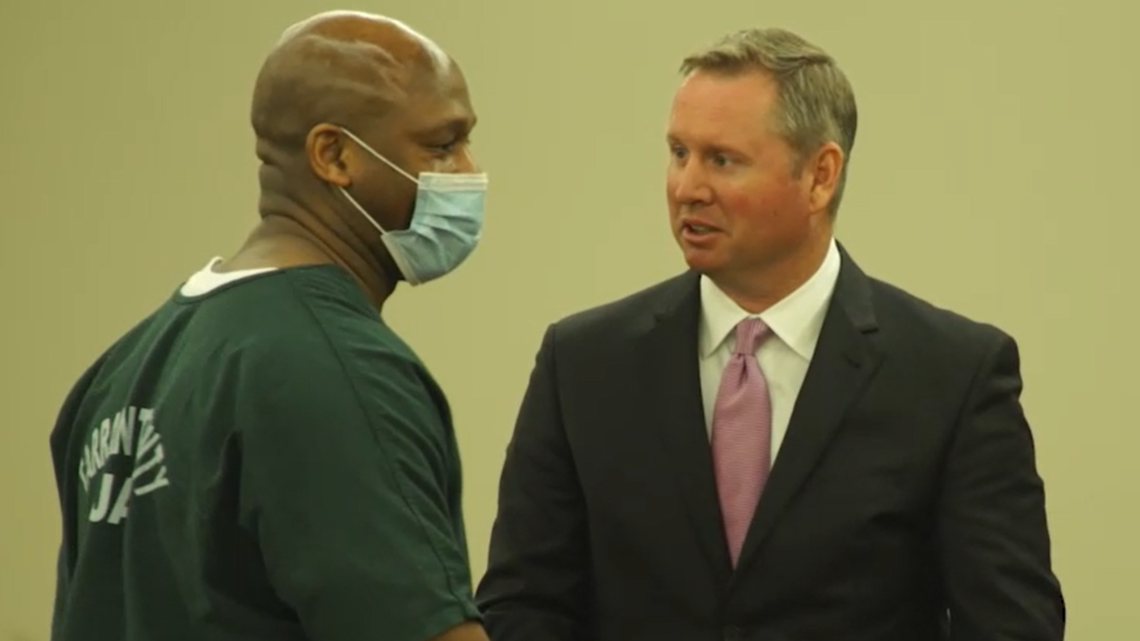
Reynolds told Roy he was letting him out on bond, pending a decision from the appeals court.
He pointedly told Roy that the court may deny the writ. If that happens, he told Roy he would need to “surrender” himself to law enforcement and continue serving his life prison sentence. He is eligible for parole in 2026.
Roy emerged from the Tarrant County Jail the next afternoon. His fiancée was by his side.

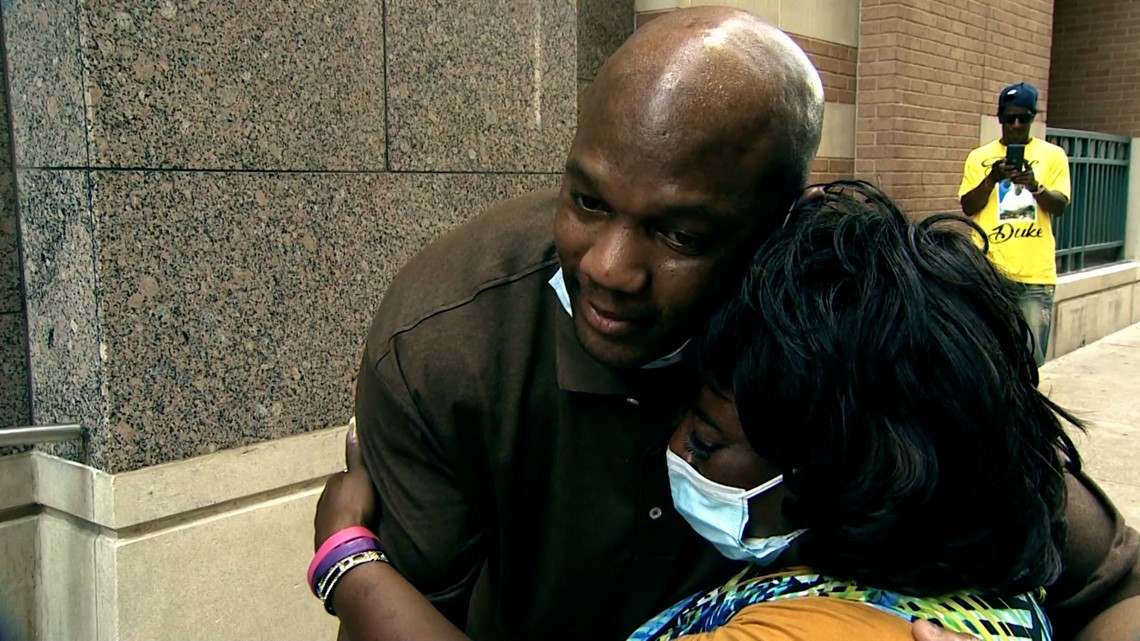
His mother, sister and other relatives joyfully greeted him.
“It’s been too long, but I’m still here,” Roy said. “I made it by the grace of God.”
He walked over to his mother, hugging her for the first time in years.
“I love you, mama,” he told her. “With all my heart, I love you, mama.”
His mother sobbed.
Roy said he is putting his faith in a higher power that the court will not decide to return him to prison for life.
“The system ain’t bigger than God,” he said.

